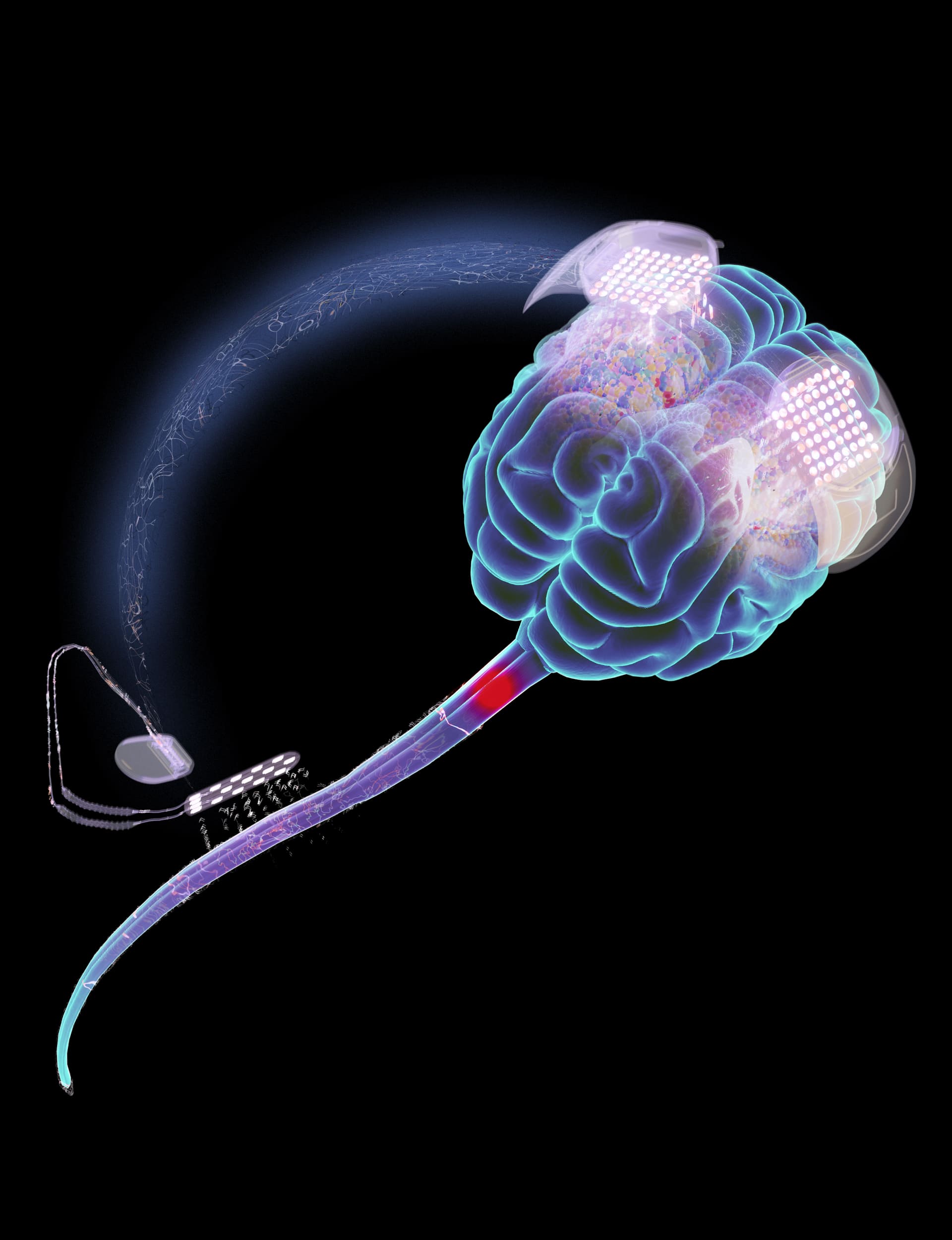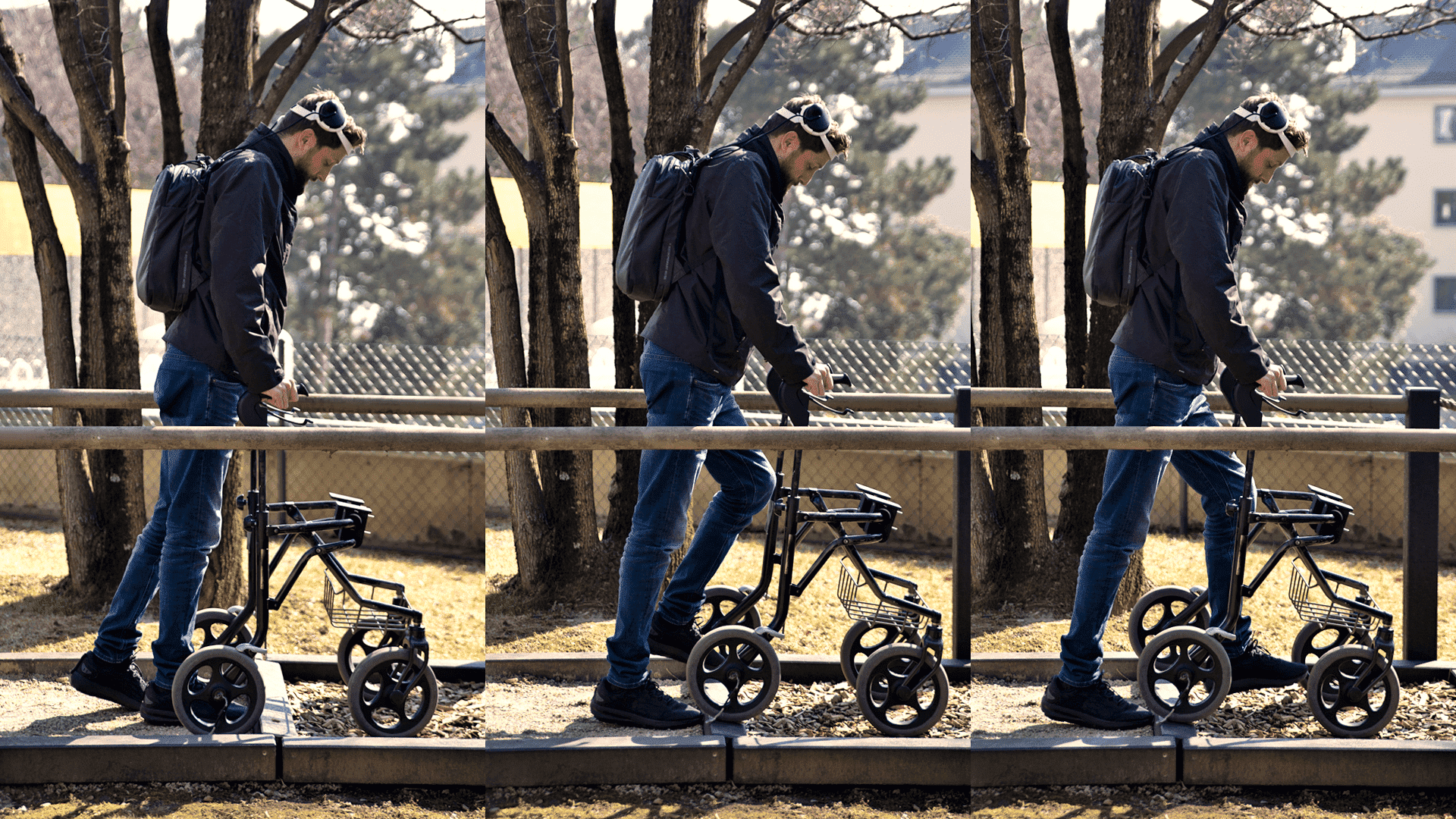In a study published in the journal Nature, Swiss researchers talked about the brain-spine interface, the BSI (Brain-Spine Interface). creates a digital bridge between the brain and spine of a paralyzed man, we go back to your walk. The study is still experimental.
Spinal cord injury is when the spinal cord structures are completely or partially compressed or torn, due to the failure to transmit the information produced in the brain to certain parts of the body.
This “lack of signal” results in the loss of various functions in the body, such as motor and sensory functions.
Complication can result from various types of trauma such as:
- traffic accidents;
- shallow water diving;
- fall;
- fire gun.
The level of injury is measured by matching the number of injured vertebrae. The closer it is to the back of the neck, the greater the consequences and the level of paralysis.

But technology is improving so that it is no longer a hindrance if the chances of movement recovery are drastically reduced after a year of injury.
Dutch Gert-Jan Oskam was involved in a bicycle accident 12 years ago, which caused an incomplete injury to his spinal cord and left him paralyzed.
Now 40 years old, Oskam was the first make a brain implant reading your move intentionsand transmits this stimulus to electrodes placed on the spinal cord via a wireless system.

The BSI system breaks away from the “robotic model” of gait provided by other methods such as spinal stimulation, allowing gait to be adjusted to the user’s needs.
Researchers are excited about the results. But, they urge caution as the study is in the experimental stagetested in only one patient.

Also, the quadriplegia that Gert-Jan presented is due to an incomplete spinal cord injury and was already using a spinal neuromodulator.
The researchers’ race now is to optimize the size of the devices used specifically on the head – forming the digital bridge – and test it on patients with different levels of injury, to prove the efficacy and limitations of the technology.
If the effectiveness of the treatment is proven, it would be quite a breakthrough for the healthcare field. Coincidentally, this industry has benefited from research and studies that also focus on artificial intelligence that could be instrumental in patient care. Great, isn’t it?
Source: Tec Mundo
I’m Blaine Morgan, an experienced journalist and writer with over 8 years of experience in the tech industry. My expertise lies in writing about technology news and trends, covering everything from cutting-edge gadgets to emerging software developments. I’ve written for several leading publications including Gadget Onus where I am an author.













